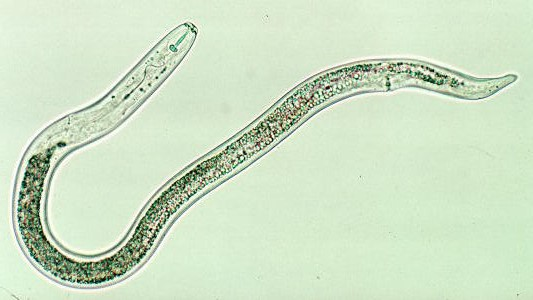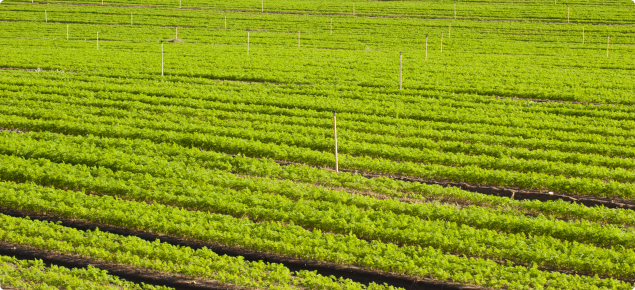Introduction
Root lesion nematodes are microscopic plant-parasitic pests that live in soil and roots (see Figure 1).
Four species are commonly found in Western Australia: Pratylenchus neglectus, P. quasitereoides, P. thornei and P. penetrans. Pratylenchus penetrans is the most common species causing issues in horticultural crops.

It is a found mostly in temperate areas including Australia, Canada, Europe, India, Japan, New Zealand, Philippines, Russia and USA.
Its wide host range includes many horticultural and broadacre crops, fruit trees and weeds. It occurs infrequently in broadacre crops in Western Australia but severe damage has been observed in wheat, canola, oat and field pea crops. A recent survey detected it in 17 of 24 carrot or potato paddocks in the South West of Western Australia.
This nematode species is found most often in sandy soils. It enters plant roots to feed and lay eggs but may live for some time in soil. It lays an average of one to two eggs per day and development from egg to adult takes 30–86 days, depending upon soil temperature and host. Eggs can hatch at temperatures as low as 2.7ºC.
All root lesion nematode species can survive over dry periods in a dehydrated form or as eggs either within the root or in soil.
As our climatic conditions are ideal for reproduction for much of the year, particularly under irrigation, populations can increase rapidly during a cropping season in susceptible crops.


